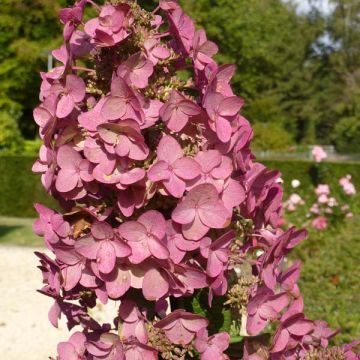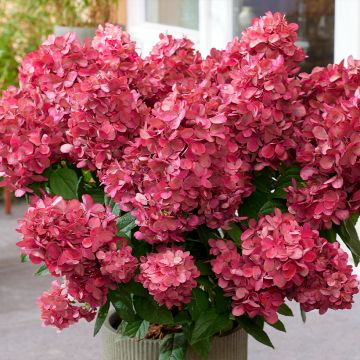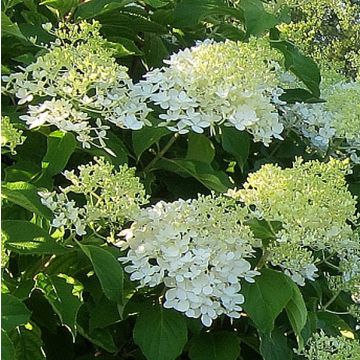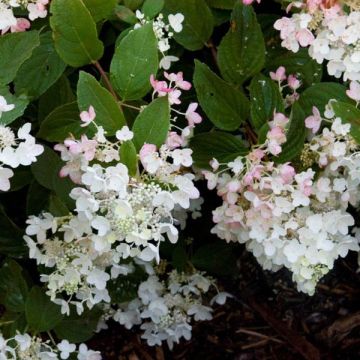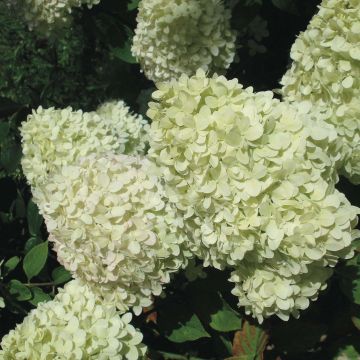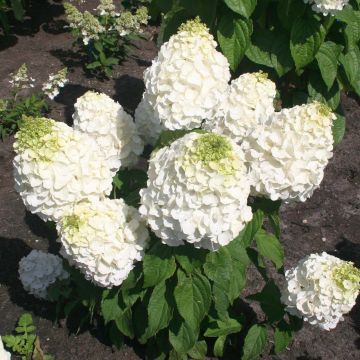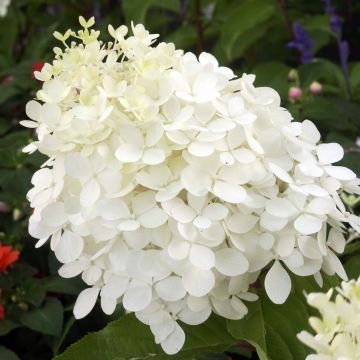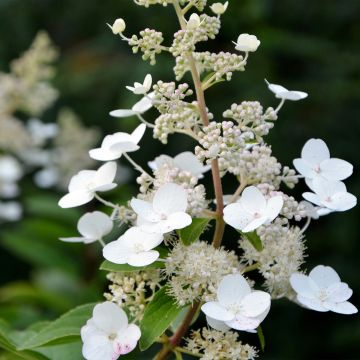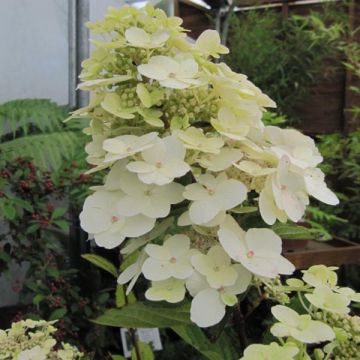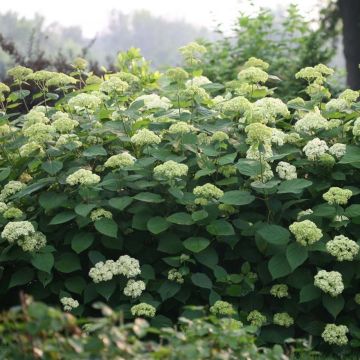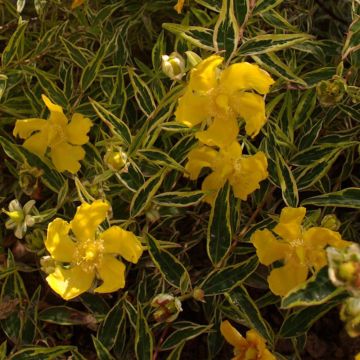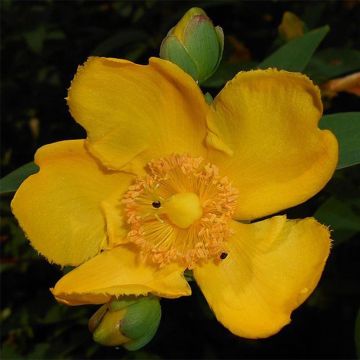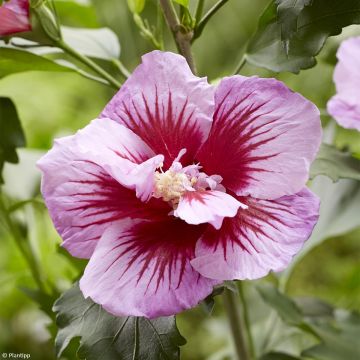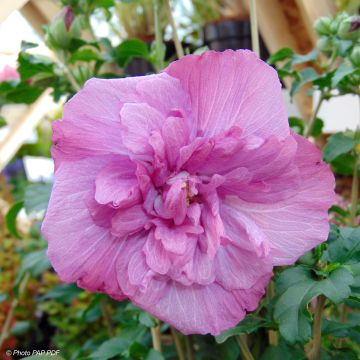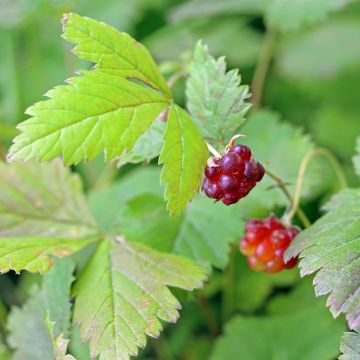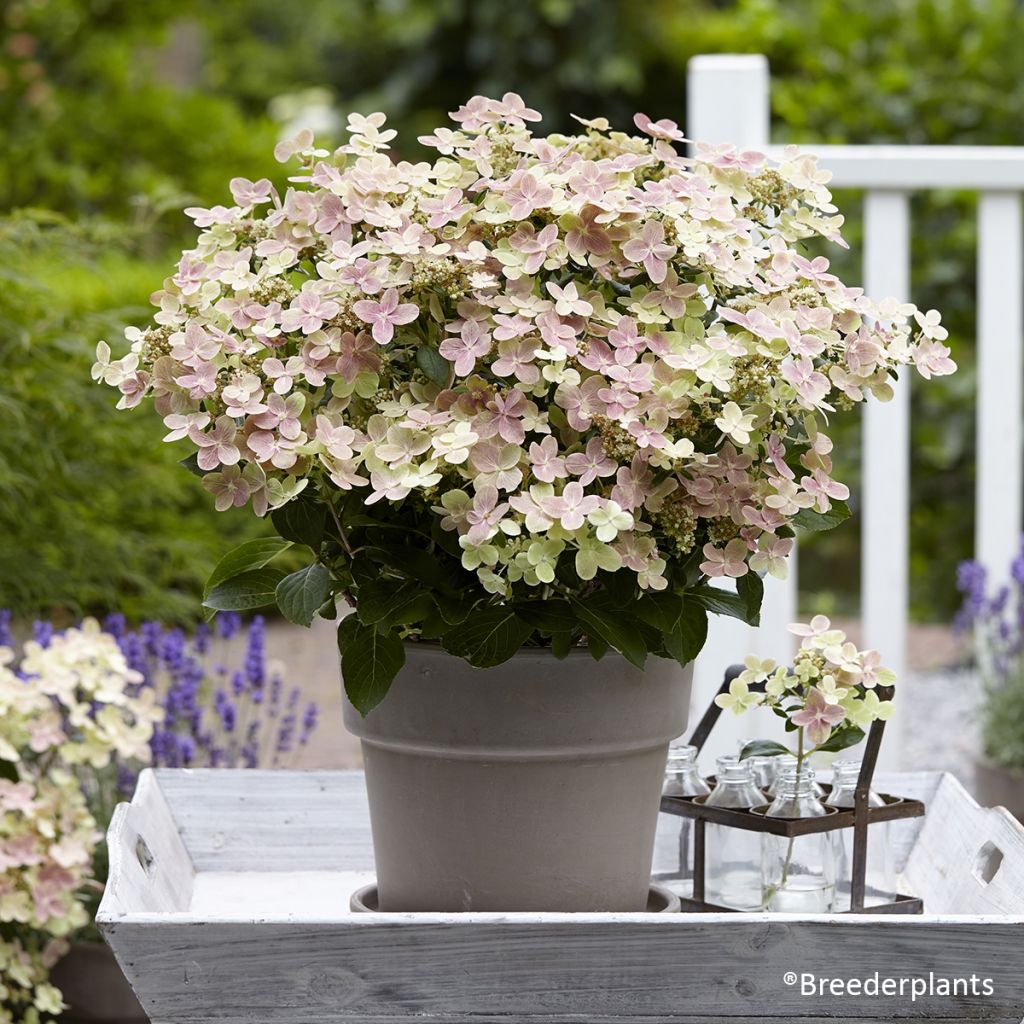

Hydrangea paniculata Polestar
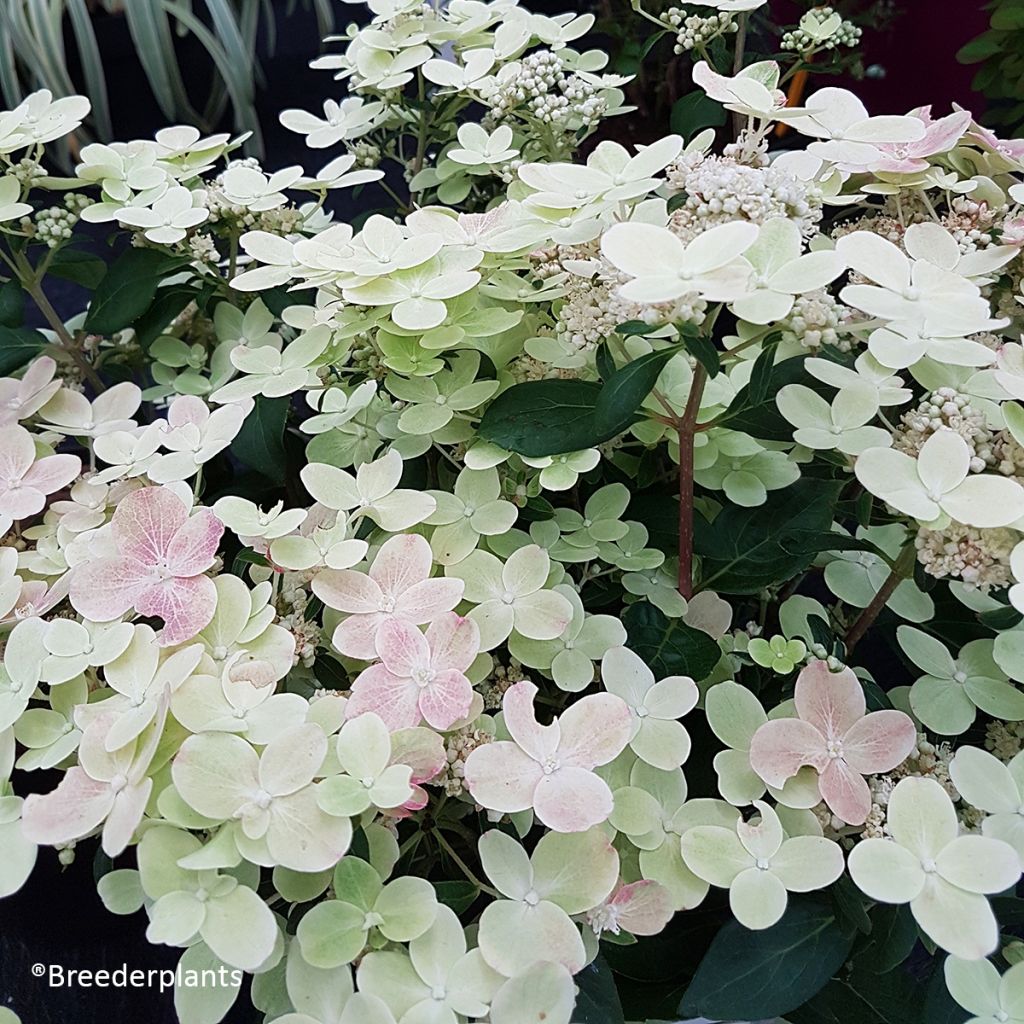

Hydrangea paniculata Polestar
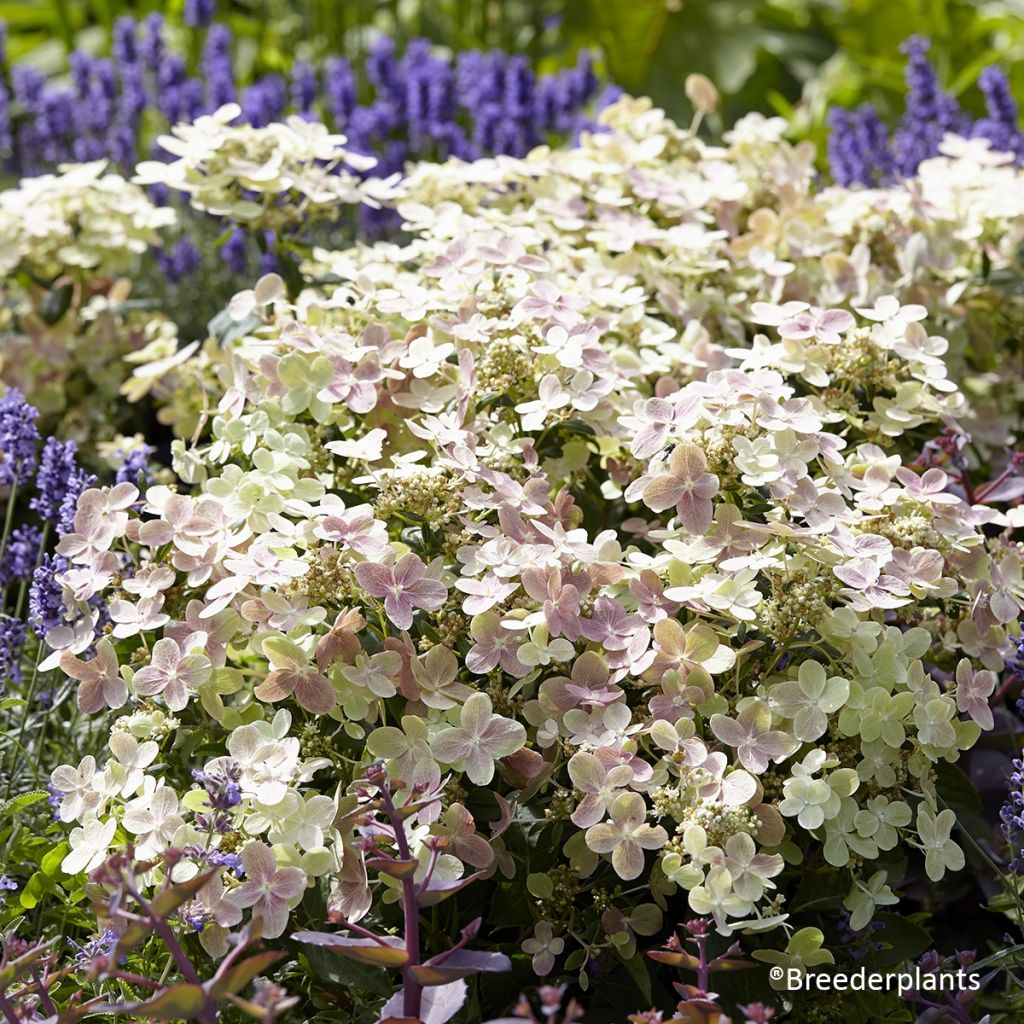

Hydrangea paniculata Polestar
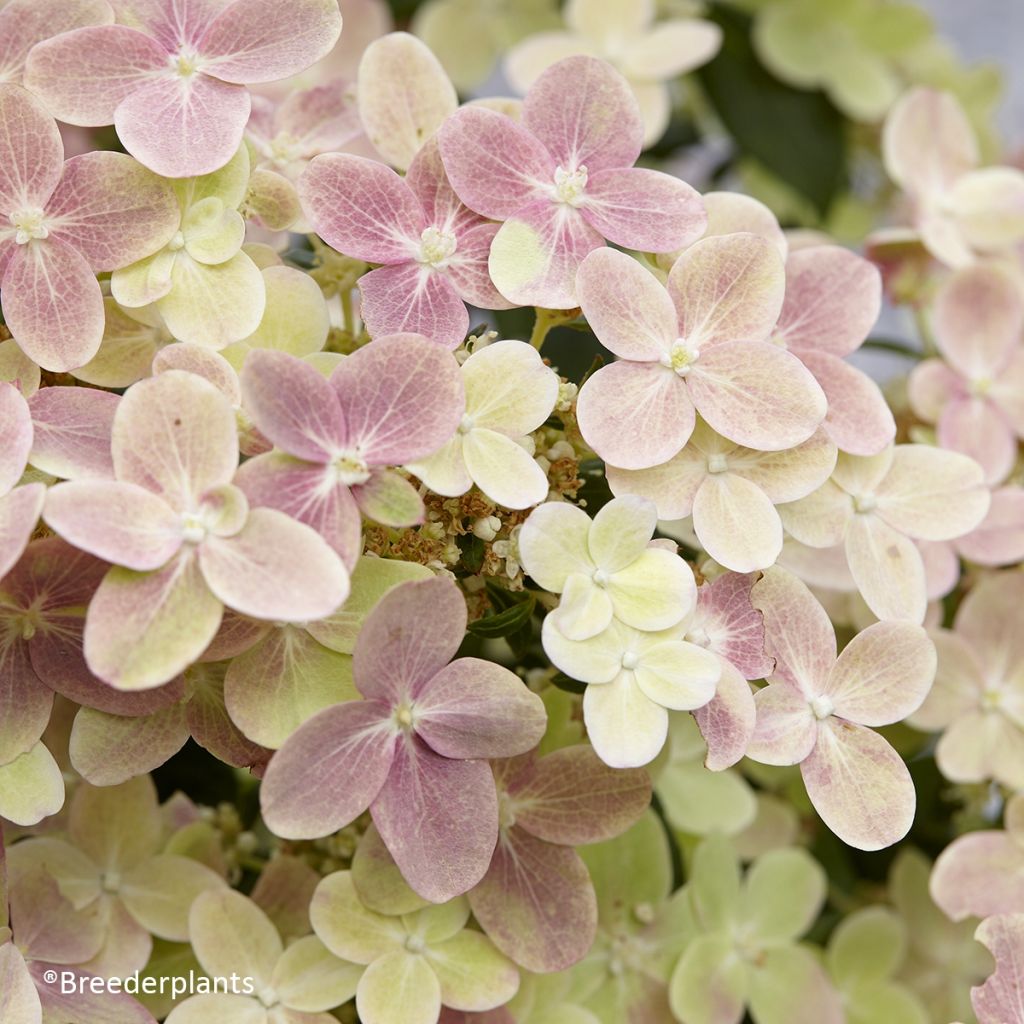

Hydrangea paniculata Polestar
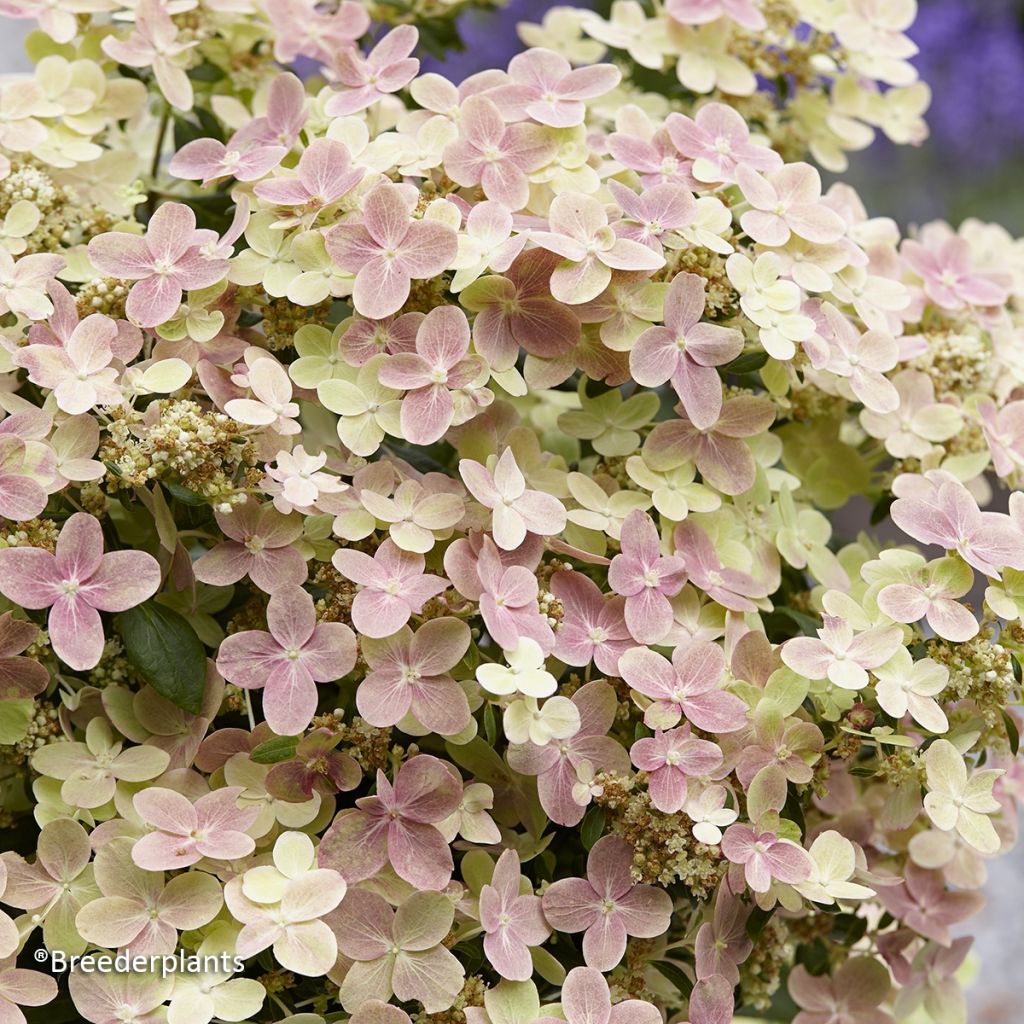

Hydrangea paniculata Polestar
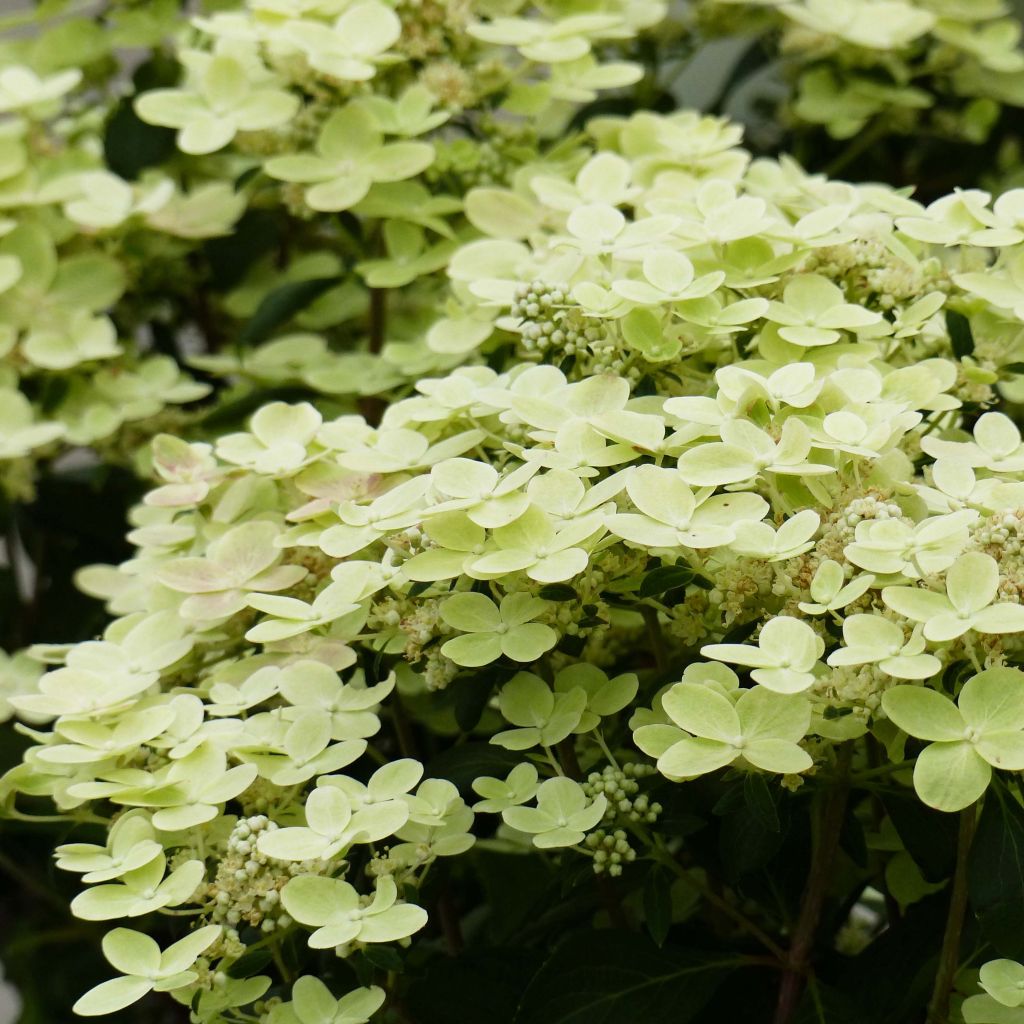

Hydrangea paniculata Polestar
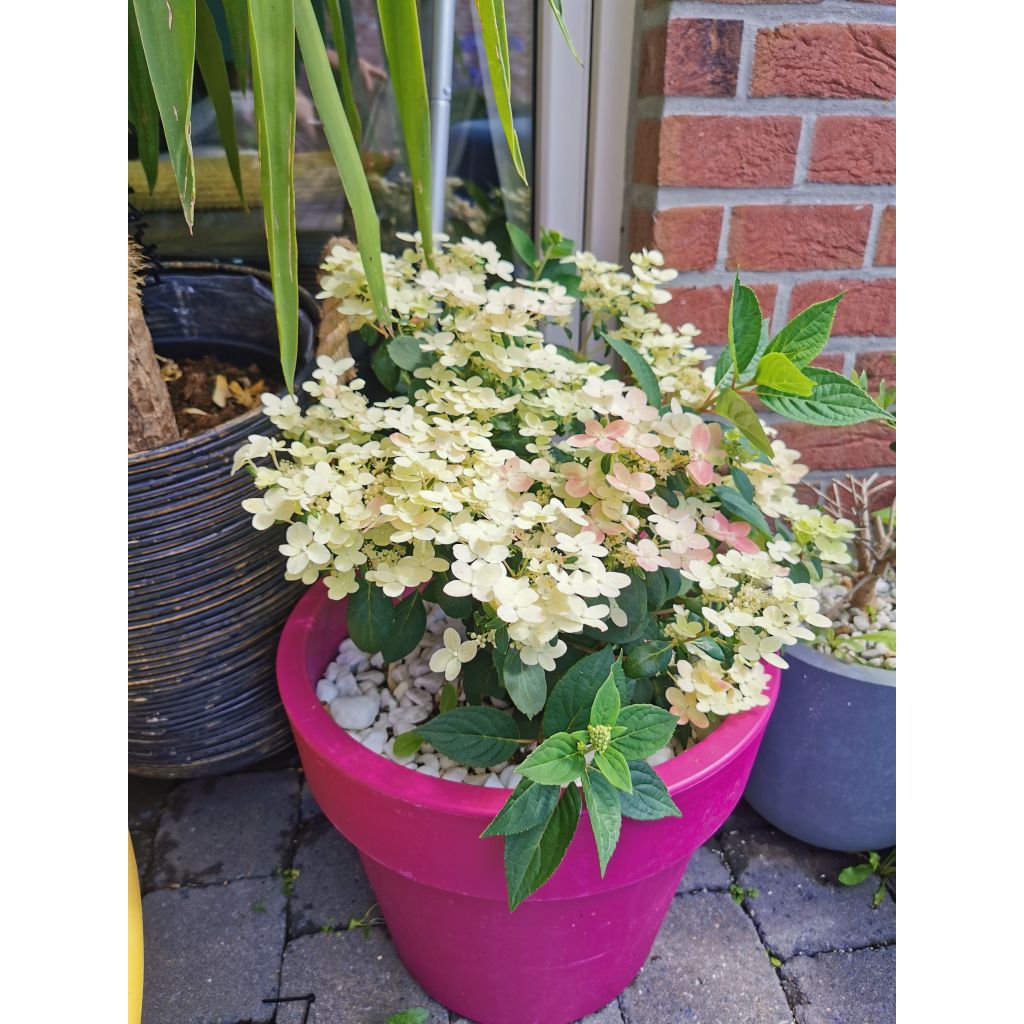

Hydrangea paniculata Polestar
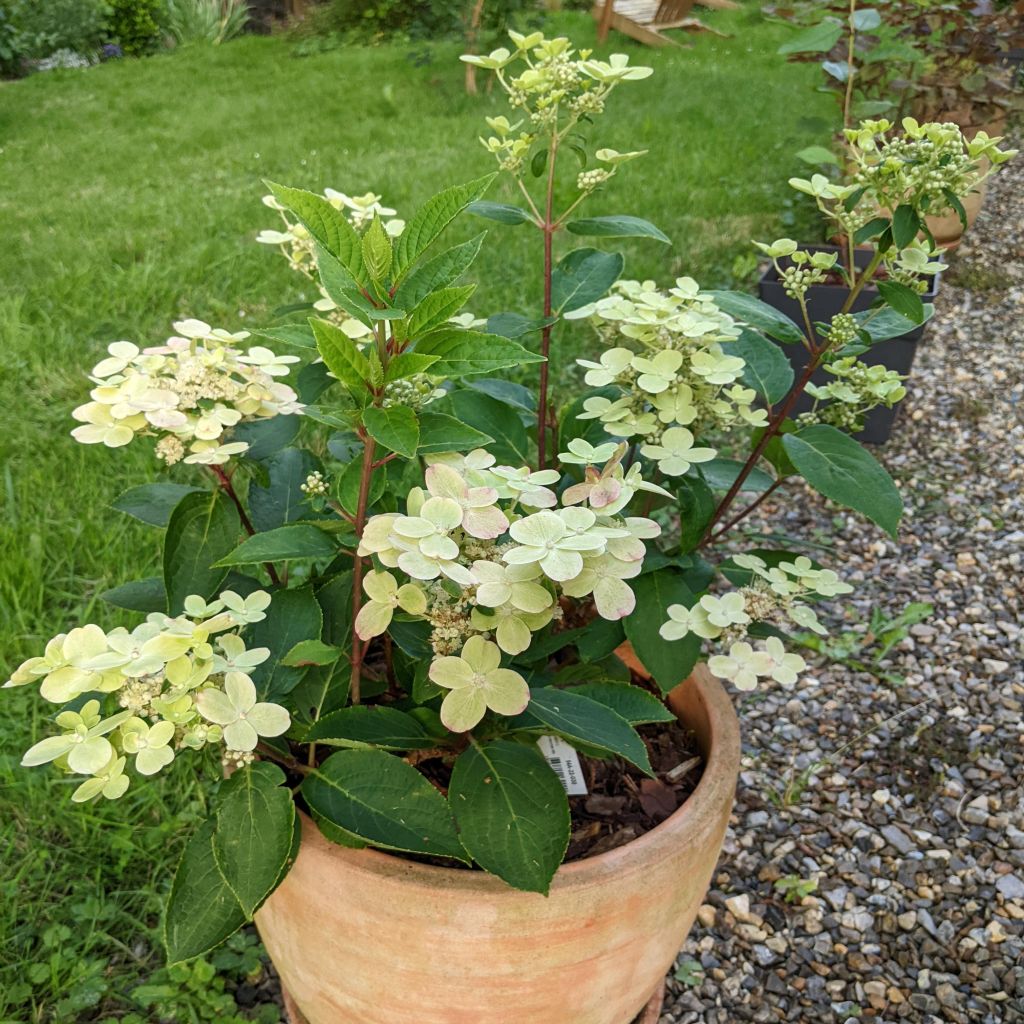

Hydrangea paniculata Polestar
Hydrangea paniculata Polestar
Hydrangea paniculata Switch Ophelia
Paniculate Hydrangea, Panicled Hydrangea, Panicle Hydrangea
This item cannot be shipped to the selected country
Delivery charge from €5.90
Delivery charge from €5.90
Delivery charge from €5.90
More information
Schedule delivery date,
and select date in basket
This plant carries a 24 months recovery warranty
More information
We guarantee the quality of our plants for a full growing cycle, and will replace at our expense any plant that fails to recover under normal climatic and planting conditions.
From €5.90 for pickup delivery and €6.90 for home delivery
Express home delivery from €8.90.
From €5.90 for pickup delivery and €6.90 for home delivery
Express home delivery from €8.90.
From €5.90 for pickup delivery and €6.90 for home delivery
Express home delivery from €8.90.

Does this plant fit my garden?
Set up your Plantfit profile →
Description
The Hydrangea paniculata Polestar is a beautiful early ultra-compact and new-comer, ideal for growing in pots and very useful for small spaces or flower beds. It has flat ivory-white inflorescences from early summer, turning pink as the season progresses, on short and branching stems. Tolerant, it grows in any fertile and well-drained soil that is not too dry. It looks just as sensational planted on its own in a pot, or planted en masse, in full sun or partial shade.
The Polestar hydrangea belongs to the Hydrangeaceae family, and its multitude of hydrangeas with various colours and shapes. The paniculate hydrangeas come from the Far East, from Japan to southern China. They are distinctive because of the large conical inflorescences (panicles) produced in summer on upright or arching branches, often shaded with purple. In wild varieties, white fertile flowers (tiny and without petals) and sterile flowers (with large, visible petals) coexist. In specially bred varieties, it is most often the sterile flowers that are developed, imparting a beautiful richness to the plant. They thrive in warm sun or partial shade.
The variety Polestar 'Breg14' (syn. Switch Ophelia), recently developed in the Netherlands, has a dense and exceptionally compact habit, growing to about 50 cm (19.7 in) in height and spread. Unlike most other paniculate hydrangeas, it starts flowering in June; it produces fairly flattened inflorescences, containing sterile flowers on short but erect stems and, as such, are quite similar to the panicles of wild varieties. Starting out a beautiful ivory pearl-white, shaded with green, they gradually take on a tender pink and then a vermillion hue as the weeks go by. They then fade like paper, remaining beautiful until autumn - or even later if the weather is mild. In mid-autumn, the thick, oval leaves take on magnificent yellow-orange hues before falling.
The Hydrangea paniculata is pretty easy going: very hardy, it is happy in any good, well-drained garden soil that is not too acidic or chalky. It tolerates occasional drought once well-rooted, although it is not particularly fond of hot weather, which can sometimes cause its flowers to fail. After a few years in the ground, it grows quite rapidly, and the branches can grow by more than 60 cm (23.6 in) a year, especially after severe pruning. Unlike Hydrangea macrophylla (the "real" hydrangea), H. paniculata flowers on new wood, which means it can be pruned even in spring, without compromising the coming year's flowering.
Polestar's compactness allows it to be used in small gardens, where it make an exceptional specimen, but in larger areas, you can plant it in mass plantings for a spectacular effect. It will also be perfect in a pot on a terrace or large balcony, provided it is watered from time to time. You can combine it with other varieties of hydrangeas, such as Mojito, whose pistachio-green cones will bring a refreshing contrast. Other small bushes such as the Deutzia Yuki Cherry Blossom, the Weigela 'Minor Black', or the heather Erica x darleyensis 'Kramer's Rote' will be perfect companions. You can also combine it with perennials such as 'Star of Beauty' (pink-green) or 'Florence' (white, shaded with pink).
Report an error about the product description
Hydrangea paniculata Polestar in pictures


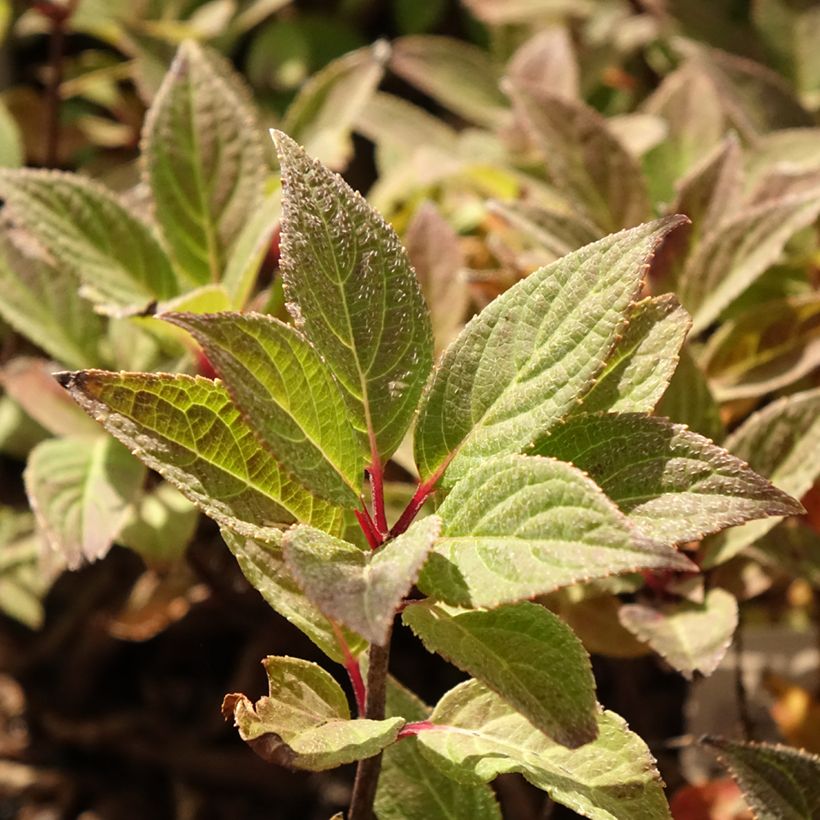

Plant habit
Flowering
Foliage
Botanical data
Hydrangea
paniculata
Switch Ophelia
Hydrangeaceae
Paniculate Hydrangea, Panicled Hydrangea, Panicle Hydrangea
Cultivar or hybrid
Other Hydrangea Paniculata
Planting and care
The Hydrangea paniculata Switch Ophelia is not very demanding in terms of soil type, as long as it is not too heavy, not too dry, and not too chalky. It requires a moderately sunny position, either in the morning sun or partial shade. When planting, place it in deep well-worked soil. A good base fertilizer (blood, fish and bone) will promote growth and feed it without risk of burning the roots. If your soil tends to be dry, mix our water-retaining product, Stockosorb, with the soil, back-filling the planting hole and leaving a trough on the surface for watering purposes.
At the end of summer, we advise you not to cut the dry panicles, as they will protect the terminal shoots of the branches during winter. You can cut back all the dry flowers at the end of February or at the first signs of spring. Growth starts quite late in spring.
Planting period
Intended location
Care
-
, onOrder confirmed
Reply from on Promesse de fleurs
Summer-flowering shrubs
Haven't found what you were looking for?
Hardiness is the lowest winter temperature a plant can endure without suffering serious damage or even dying. However, hardiness is affected by location (a sheltered area, such as a patio), protection (winter cover) and soil type (hardiness is improved by well-drained soil).

Photo Sharing Terms & Conditions
In order to encourage gardeners to interact and share their experiences, Promesse de fleurs offers various media enabling content to be uploaded onto its Site - in particular via the ‘Photo sharing’ module.
The User agrees to refrain from:
- Posting any content that is illegal, prejudicial, insulting, racist, inciteful to hatred, revisionist, contrary to public decency, that infringes on privacy or on the privacy rights of third parties, in particular the publicity rights of persons and goods, intellectual property rights, or the right to privacy.
- Submitting content on behalf of a third party;
- Impersonate the identity of a third party and/or publish any personal information about a third party;
In general, the User undertakes to refrain from any unethical behaviour.
All Content (in particular text, comments, files, images, photos, videos, creative works, etc.), which may be subject to property or intellectual property rights, image or other private rights, shall remain the property of the User, subject to the limited rights granted by the terms of the licence granted by Promesse de fleurs as stated below. Users are at liberty to publish or not to publish such Content on the Site, notably via the ‘Photo Sharing’ facility, and accept that this Content shall be made public and freely accessible, notably on the Internet.
Users further acknowledge, undertake to have ,and guarantee that they hold all necessary rights and permissions to publish such material on the Site, in particular with regard to the legislation in force pertaining to any privacy, property, intellectual property, image, or contractual rights, or rights of any other nature. By publishing such Content on the Site, Users acknowledge accepting full liability as publishers of the Content within the meaning of the law, and grant Promesse de fleurs, free of charge, an inclusive, worldwide licence for the said Content for the entire duration of its publication, including all reproduction, representation, up/downloading, displaying, performing, transmission, and storage rights.
Users also grant permission for their name to be linked to the Content and accept that this link may not always be made available.
By engaging in posting material, Users consent to their Content becoming automatically accessible on the Internet, in particular on other sites and/or blogs and/or web pages of the Promesse de fleurs site, including in particular social pages and the Promesse de fleurs catalogue.
Users may secure the removal of entrusted content free of charge by issuing a simple request via our contact form.
The flowering period indicated on our website applies to countries and regions located in USDA zone 8 (France, the United Kingdom, Ireland, the Netherlands, etc.)
It will vary according to where you live:
- In zones 9 to 10 (Italy, Spain, Greece, etc.), flowering will occur about 2 to 4 weeks earlier.
- In zones 6 to 7 (Germany, Poland, Slovenia, and lower mountainous regions), flowering will be delayed by 2 to 3 weeks.
- In zone 5 (Central Europe, Scandinavia), blooming will be delayed by 3 to 5 weeks.
In temperate climates, pruning of spring-flowering shrubs (forsythia, spireas, etc.) should be done just after flowering.
Pruning of summer-flowering shrubs (Indian Lilac, Perovskia, etc.) can be done in winter or spring.
In cold regions as well as with frost-sensitive plants, avoid pruning too early when severe frosts may still occur.
The planting period indicated on our website applies to countries and regions located in USDA zone 8 (France, United Kingdom, Ireland, Netherlands).
It will vary according to where you live:
- In Mediterranean zones (Marseille, Madrid, Milan, etc.), autumn and winter are the best planting periods.
- In continental zones (Strasbourg, Munich, Vienna, etc.), delay planting by 2 to 3 weeks in spring and bring it forward by 2 to 4 weeks in autumn.
- In mountainous regions (the Alps, Pyrenees, Carpathians, etc.), it is best to plant in late spring (May-June) or late summer (August-September).
The harvesting period indicated on our website applies to countries and regions in USDA zone 8 (France, England, Ireland, the Netherlands).
In colder areas (Scandinavia, Poland, Austria...) fruit and vegetable harvests are likely to be delayed by 3-4 weeks.
In warmer areas (Italy, Spain, Greece, etc.), harvesting will probably take place earlier, depending on weather conditions.
The sowing periods indicated on our website apply to countries and regions within USDA Zone 8 (France, UK, Ireland, Netherlands).
In colder areas (Scandinavia, Poland, Austria...), delay any outdoor sowing by 3-4 weeks, or sow under glass.
In warmer climes (Italy, Spain, Greece, etc.), bring outdoor sowing forward by a few weeks.


































